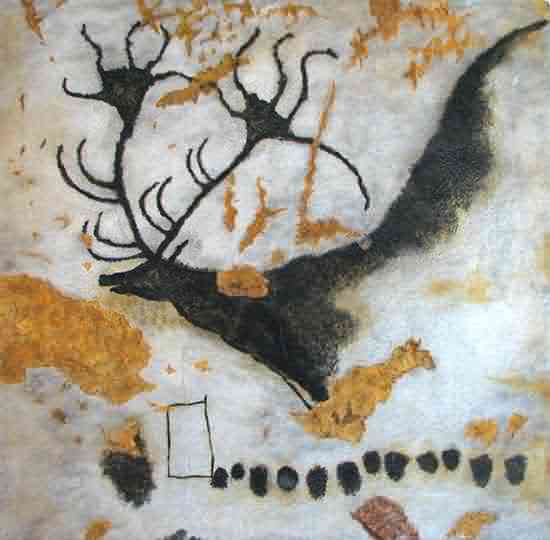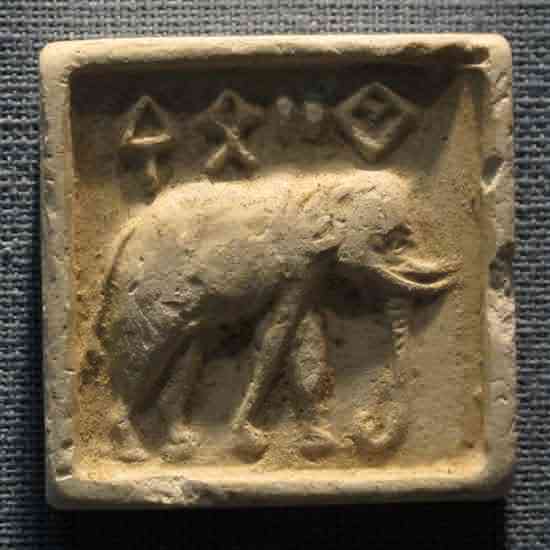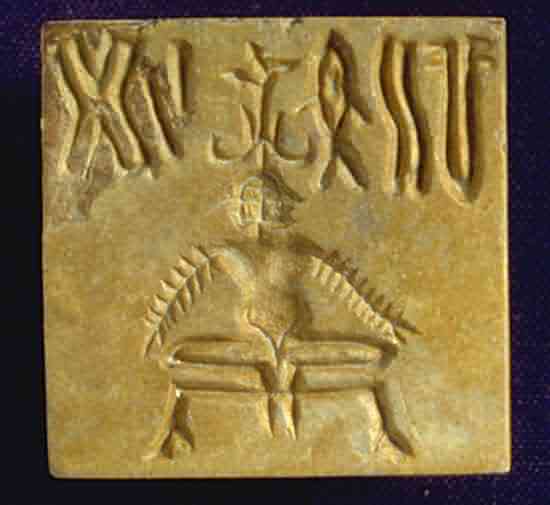Imagine you’re casting for a movie called Planet Earth: The People Edition. But you only get one actor — and they need to represent every single human out there. Tricky, right? That’s where faceless characters come in — the ultimate stand-ins for anyone and everyone.
Why no face? Because once you add facial features, things get specific. Is it a man? A woman? Young? Old? Smiling? Frowning? Suddenly, we’re telling a story that might not match the audience. Instead, faceless figures are like blank canvases or unbranded mannequins—neutral, versatile, and relatable. They’re the Swiss Army knife of visual communication: ready to represent a kid in Kenya, a senior in Sweden, or an executive in Ecuador without picking sides.
Faceless characters have appeared in everything from street signage to user manuals. Ever seen the bathroom sign stick figures? Yep, they’re part of the faceless family too — keeping things simple, universal, and easy to recognize across cultures. Faceless characters are like avatars in a multiplayer game where you haven’t customized yours yet. They signal: “This person could be you — or anyone else.” Gender, age, ethnicity? Irrelevant. What matters is their human-ness, not their appearance.
Think faceless characters are a modern PowerPoint thing? Nope — they’re old. Like, really old. We’re talking “grandparent of civilization” old.
Long before humans got artsy with stick figures and abstract avatars, they were busy decorating cave walls — not with selfies or family portraits, but with faceless animals!
Where can you find these paintings? One location is a famous cave in Lascaux, France. It’s basically the Louvre of the Stone Age. What’s drawn there? Lots of animals. Horses, deer, bulls — all outlined like shadows cast on a campfire-lit wall. No eyeballs. No snouts. No happy little smiles. Just silhouette-style creatures, as shown in Figure 1, below. These are like nature’s version of cardboard cutouts.

Figure 1: A painting of the Giant Deer from Lascaux
Source: Wikimedia Commons
Humans Sans Humans
Despite zero human figures in sight, these cave paintings were created by, you guessed it… humans! It’s like throwing a party where the host refuses to appear in any photos — mysterious, but charmingly humble.
Let’s time-travel again, this time to 3300 BC — to the incredible Indus Valley civilization. Think of it as one of humanity’s earliest neighborhood societies, complete with cities, plumbing, and yes… mysterious animal seals.
What are these seals, anyway? Imagine stamping your signature, but instead of your name, you use a silhouette of an animal. No eyelashes, no smirks — just a clean, simple outline. It’s like emoji design meets ancient artisan skills. One popular seal shown in Figure 2, below shows an elephant that’s basically the James Bond of animals — cool, composed, and faceless. It’s not a portrait, it’s a symbol. Just like a company logo doesn’t need a CEO’s face, these seals didn’t need detailed features to send a message.

Figure 2: Elephant Seal, Indus Valley civilization
Source: Wikimedia Commons
So, you’ve seen the elephant seal from the Indus Valley civilization, right? Not the animal seal, mind you—the carved kind from 3300 BC that looks like a minimalist logo from a prehistoric startup.
No face, no fuss These animal figures are like ancient shadow puppets—no facial expressions, no dramatic flair, just bold outlines. They’re the original “Keep It Simple” champions of visual design. Think of them as prehistoric clip art designed for maximum interpretability.
What did the elephant mean? Could be:
- Memory (because elephants never forget),
- Strength (they’re huge and majestic),
- Ownership (“Yep, this one’s from our tribe!”).
In short: symbols, not selfies.
What these Seals Meant?
These seals weren’t just pretty carvings. Historians think they were used for trade, authentication, or maybe even spiritual communication. Like ancient business cards—but cooler and way more mysterious.
So, here is a design Lesson from 3300 BC. Faceless design isn’t about what you leave out… it’s about what you allow others to fill in. These seals let people project their own meaning, instead of forcing a fixed identity. That’s graphic design wisdom that’s still valid today—from logos to avatars to presentation icons.
Faceless doesn’t mean featureless. It means universal. The Indus Valley was onto something major—way before Instagram filters and PowerPoint icons. They knew that when you strip away the details, what’s left can speak louder than ever.
Just when you thought Indus Valley seals were a private animal club… surprise! Humans started showing up — but not the detailed, selfie-ready kind. These folks were just as faceless and iconic as their four-legged companions, as shown in Figure 3, below.

Figure 3: Indus Seals and the Indus Civilization Script
Source: The Indus-Sarasvati Civilization
Whether it was a majestic bull or a mystery person, the artistic vibe stayed consistent: think “shadow puppet chic.” Bold outlines, zero facial drama. These figures were more like stick-on icons than portrait paintings — clean, simple, and universally relatable.
Hold on; what about all the fancy sculptures found from the Indus Valley sites? Great point! The Indus Valley wasn’t a one-trick pony. They also made stunning 3D sculptures — from detailed figurines to graceful terracotta works. But here’s the catch: the seals (those little engraved stamps archaeologists love) were mostly flat, two-dimensional, and proudly faceless.
Think of it like using icons in a slide deck. You could use a full stock photo with detailed expressions — or just a neutral silhouette that lets viewers imagine themselves in the scene. Indus Valley artists chose the silhouette route, long before we had PowerPoint or Canva.
Ready for a time-travel jump from 3300 BC to today? Buckle up — we’re heading to present-day India, where the spirit of ancient design is still alive and sketching!
Nestled in the lush corners of Maharashtra, India, the Warli people are like the creative descendants of ancient seal-makers — only instead of clay stamps, they use mud walls and rice paste to craft stunning art that feels timeless. You can see an example of such art in Figure 4, below.

Figure 4: Warli art
Source: Geetesh Bajaj
Notice the style used in Warli paintings. They use characteristics very similar to art from thousands of years ago:
- Two-dimensional
- No frills
- No facial features Basically: if cave paintings and stick figures had a stylish, minimalist baby — this would be it.
Who’s in these paintings? Everyone! Farmers, dancers, drummers, animals, trees — all drawn as faceless silhouettes, like they’re part of a universal village mural. It’s less about “who” they are, and more about “what” they’re doing. Think emoji storytelling, minus the smiley faces.
Hold onto your paintbrushes — because this tribal art form isn’t just old… it’s Indus Valley old! Some historians suggest Warli art may have first doodled its way into history around 3000 BC (source: Wikipedia).
Let’s be honest: ancient artists weren’t sitting around saying, “Hmm… I need to design something inclusive and globally relatable.” Nope! They weren’t chasing diversity quotas or UX guidelines.
So, why faceless? Nobody’s really sure. Maybe it was style. Maybe it was symbolism. Maybe facial features were just a pain to carve. But one thing’s clear — less face didn’t mean less meaning. These creators somehow stumbled onto a formula that feels tailor-made for today.
They may not have intended it, but these ancient artists created designs that still vibe with our modern world. Faceless characters aren’t missing something — they’re offering something bigger: relatability, simplicity, and timeless storytelling.
Note: This post is an observation and makes no claims of historical accuracy!





